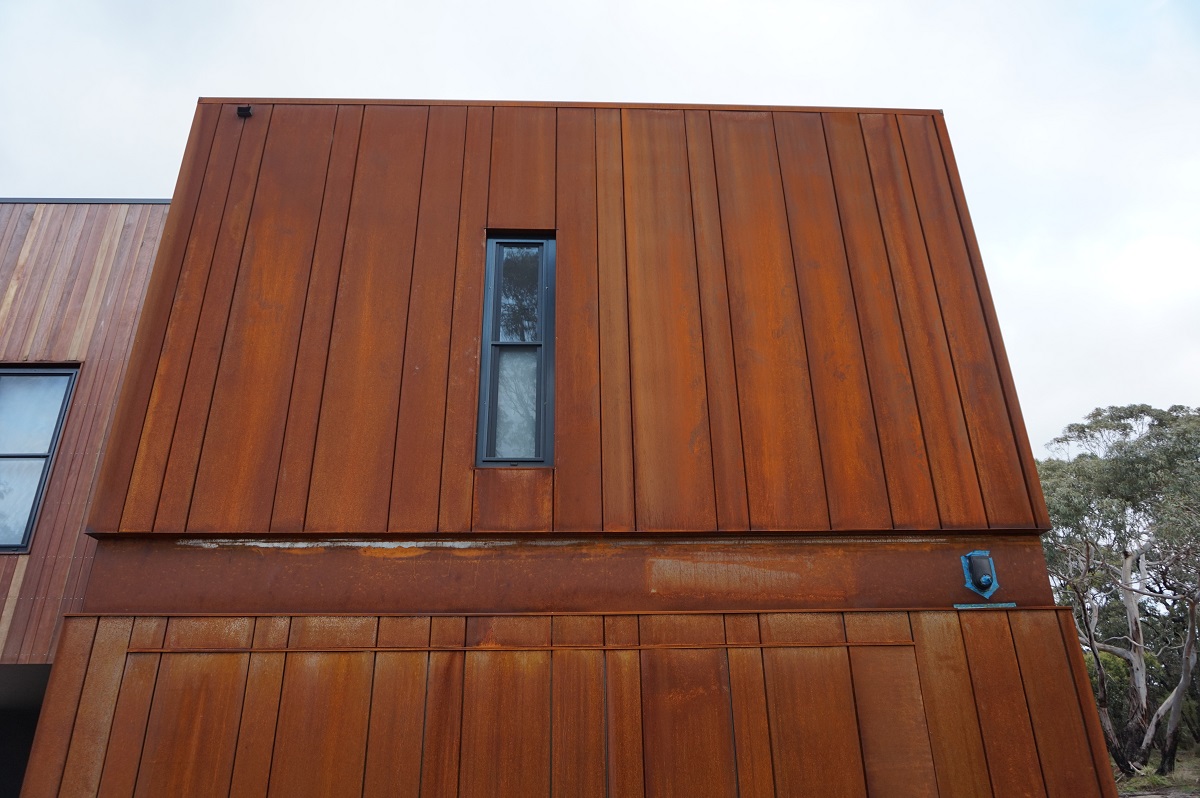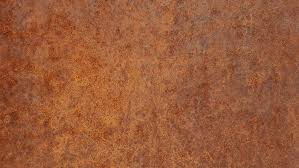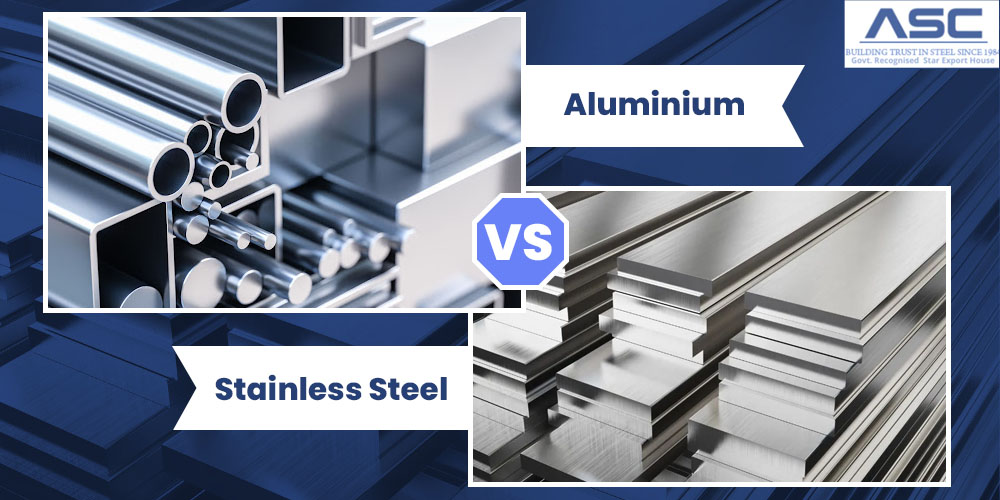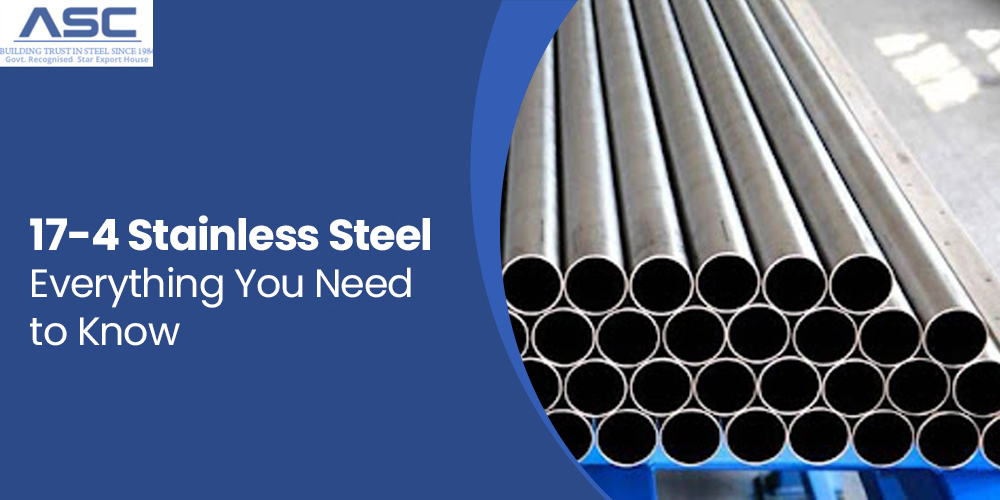ASTM Corten Steel Specifications
by AMC
Posted on February 28, 2024 at 02:57 PM

In the world of weathering steels, several ASTM specifications, along with
trademarked counterparts, exhibit impressive corrosion-resistant properties.
The ASTM specifications include A588, A242, A606-4, A847, A871-65, and A709-50W,
with Cor-ten® standing out as the primary trademarked product. These specifications
set the standards for weathering steel, ensuring its resilience against the elements
and long-lasting corrosion resistance.
Whether A588 for high-strength low-alloy structural steel or A606-4 for
improved atmospheric corrosion resistance, each specification contributes to
the diverse applications of Corten steel across various industries.
Explore the unique qualities and applications of Corten steel, a testament to
its enduring strength in challenging environmental conditions.
Cor-Ten Steel Specifications
Cor-Ten® stands as the trade name for atmospheric corrosion-resistant steel developed
by United States Steel Corporation (USS), designed for applications where heightened
strength and an extended life cycle are crucial. These steels naturally develop a
protective layer of rust or patina when exposed to diverse atmospheric conditions.
This patina serves as a shield, guarding the material against future corrosion. With
Cor-Ten gaining popularity, other mills joined the fray, developing their own atmospheric
corrosion-resistant steel.
Consequently, ASTM created what is considered equivalent ASTM Corten steel specifications to Cor-Ten® for most applications.
The equivalent ASTM Corten steel specifications include ASTM A588, A242, A606-4, A847, and A709-50W.
Explore the enduring strength and corrosion resistance of Cor-Ten and its ASTM counterparts in various applications.
ASTM A588 Specification
ASTM A588 stands as a specification for high-strength, low-alloy structural steel, offering
improved atmospheric corrosion resistance for various structural components like angles,
channels, beams, steel plates, and bars. Designed primarily for welded bridges and structures,
A588 prioritizes weight savings and added durability, contributing to an extended life cycle due
to its corrosion-resistant properties.
The atmospheric corrosion resistance of A588 surpasses that of carbon steels such as A36
and A572-50, irrespective of copper addition. When appropriately designed and exposed to
the atmosphere, A588 proves suitable for diverse applications in its unpainted condition.
With a 50ksi minimum yield strength and a 70ksi minimum tensile strength, ASTM A588 exemplifies
robustness, making it an ideal choice for projects where both strength and corrosion resistance are paramount.
ASTM A242 Specififcations
ASTM A242, a high-strength low-alloy structural steel specification, is designed with enhanced atmospheric
corrosion resistance. Typically applied to steel plates up to one-half inch in thickness,
this specification offers durability and resilience in challenging environmental conditions.
The corrosion resistance of A242 outperforms that of carbon steels like A36 and A572-50,
regardless of copper addition. When exposed to the atmosphere, A242 proves suitable for
various applications in its unpainted state.
ASTM A242 has a 50ksi minimum yield strength and a 70ksi minimum tensile strength,
making it a robust choice for projects where both strength and corrosion resistance
are key considerations.
ASTM A606-4: Enhanced Corrosion Resistance in High-Strength Alloy Steel
ASTM A606-4 stands as a high-strength, low-alloy specification, specifically tailored for
improved atmospheric corrosion properties. This specification covers hot and cold-rolled
steel sheet, strip, and coil, designed for use in structural and miscellaneous applications
where considerations of weight savings and added durability hold significance. A606-4 incorporates
additional alloying elements, delivering a corrosion resistance level significantly superior
to that of carbon steels, whether or not copper is added. When appropriately designed and
exposed to the atmosphere, A606-4 can be utilized bare (unpainted) in numerous applications.
With a 50ksi minimum yield strength and a 70ksi minimum tensile strength, ASTM A606-4
exemplifies robustness, making it a reliable choice for projects prioritizing both
strength and corrosion resistance.
ASTM A709-50W: Building Bridges with Strength and Resilience
In the world of structural steel for bridges, ASTM A709-50W takes the spotlight as a
standard specification. This encompasses high-strength, low-alloy steel in the form of
structural shapes, plates, and bars. Picture it as the backbone of bridges, offering
not just strength but a remarkable ability to resist atmospheric corrosion.
Unlike regular carbon steel, even without the addition of copper, ASTM A709-50W stands
strong against the elements. It's like the steel equivalent of weathering any storm
with grace. With an atmospheric corrosion index of 6.00 or higher, it's a testament
to its resilience in diverse environments.
What's impressive is that when thoughtfully designed and left exposed to the elements,
ASTM A709-50W doesn't need a coat of paint to shine. It finds its place, standing
bare, yet sturdy in various applications. So, next time you cross a bridge, know
that ASTM A709-50W is not just steel; it's the silent strength beneath your feet,
weathering the winds of time.
ASTM A871-65
ASTM A871-65 stands tall as a high-strength, low-alloy structural steel plate,
adorned with enhanced atmospheric corrosion resistance. Think of it as a versatile
canvas, offering a minimum yield strength of 65ksi and a robust 80ksi minimum
tensile strength. This steel not only outshines carbon steels in corrosion resistance,
whether or not copper is added, but it also reveals its beauty when exposed to the elements.
When thoughtfully designed and embraced by the atmosphere, ASTM A871-65 can
confidently stand bare, without the need for paint, in various applications.
Its true calling lies in the world of transmission and lighting poles, where
it serves as an aesthetically pleasing alternative to traditional galvanized
structures. Beyond its strength, ASTM A871-65 adds an artistic touch to structural
engineering, blending resilience with elegance in the open air.
ASTM A572-65: Empowering Structures with Strength
ASTM A572-65 emerges as a high-strength, low-alloy structural steel infused
with the resilience of columbium-vanadium. This specification ensures a formidable
65ksi minimum yield strength and an impressive 80ksi minimum tensile strength.
At the forefront of its applications are galvanized transmission and lighting poles,
where ASTM A572-65 takes center stage.
To enhance its versatility, we procure this grade with a limited Silicon content
of .05Max, streamlining the subsequent galvanizing process. ASTM A572-65 is not
just about strength; it's about the meticulous attention to detail, evident in
meeting a Charpy V-Notch test of 15ft/LB at -20F. It's the steel that empowers
structures to stand tall, resilient against the elements, ensuring longevity and
reliability in every application.

Weathering Steel: A Guide to Corten
Weathering steel (WS), often referred to as low‐alloy steel, represents a category where the carbon content is kept below 0.2 wt. %, with key alloying elements including Cu, Cr, Ni, P, Si, and Mn, collectively

